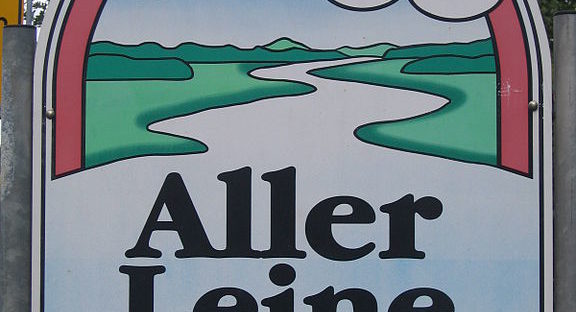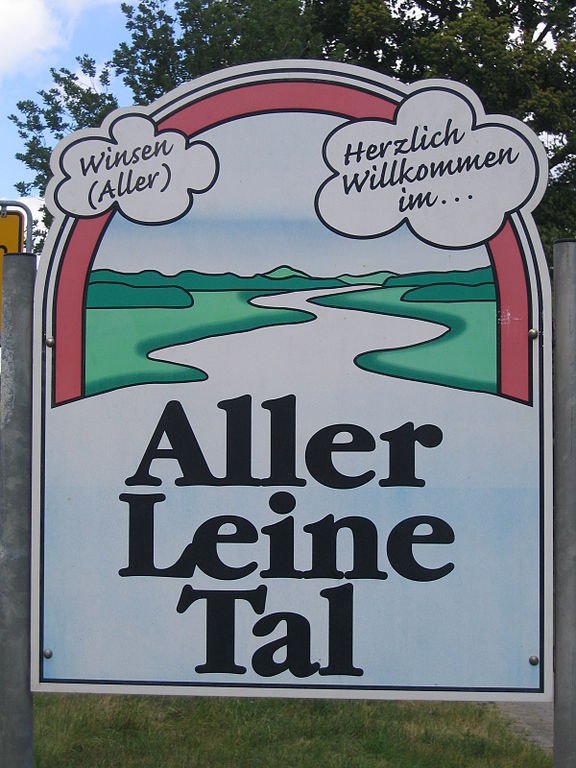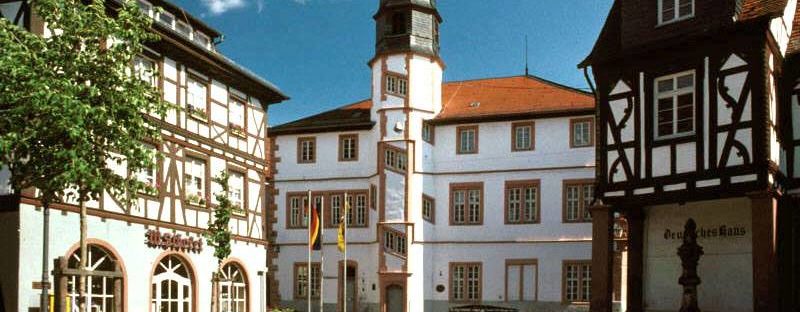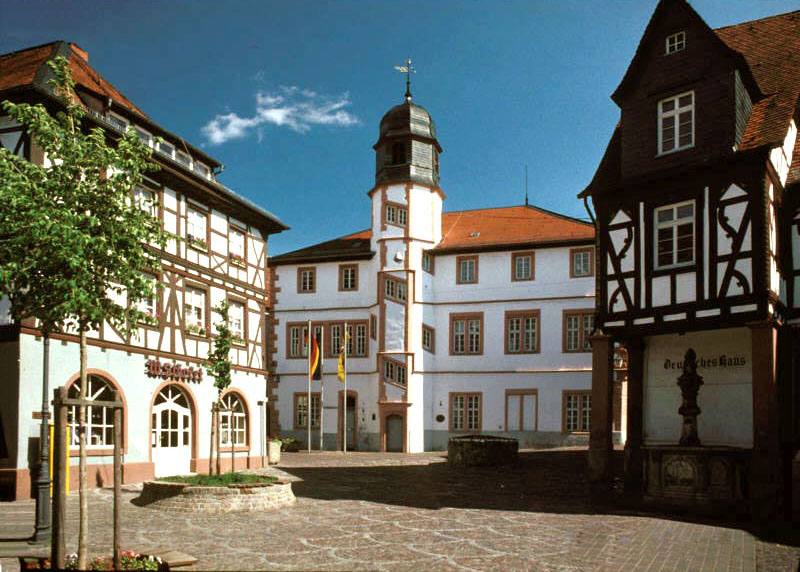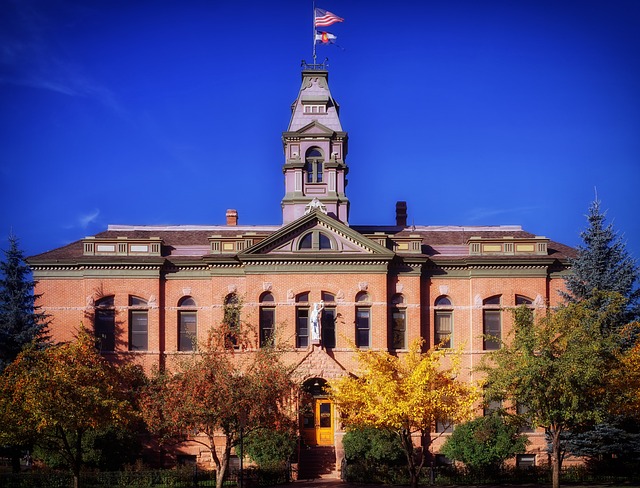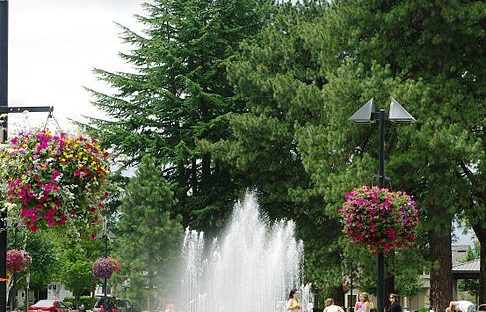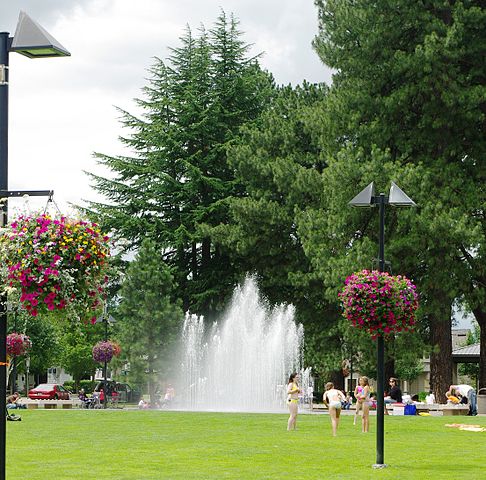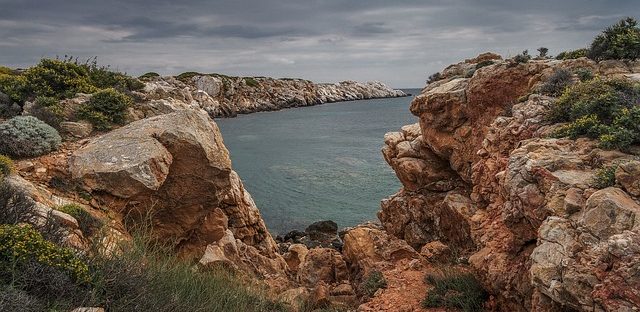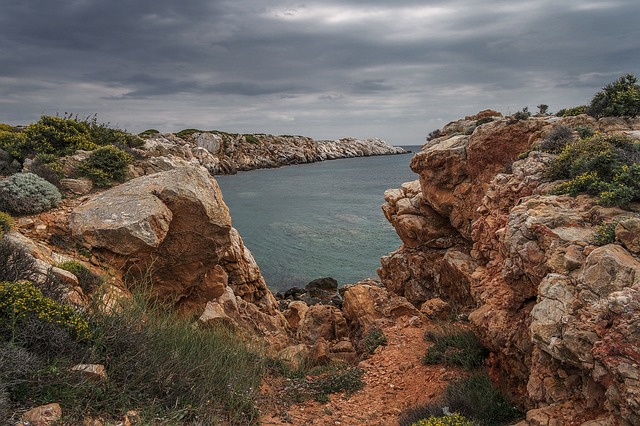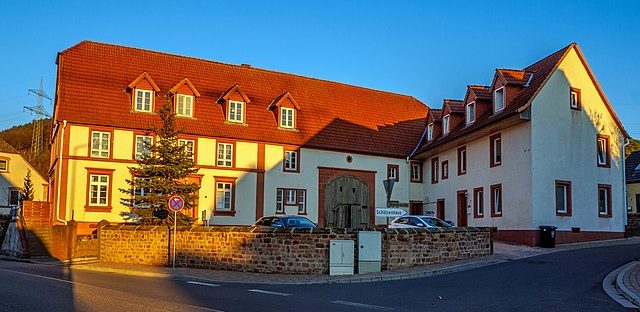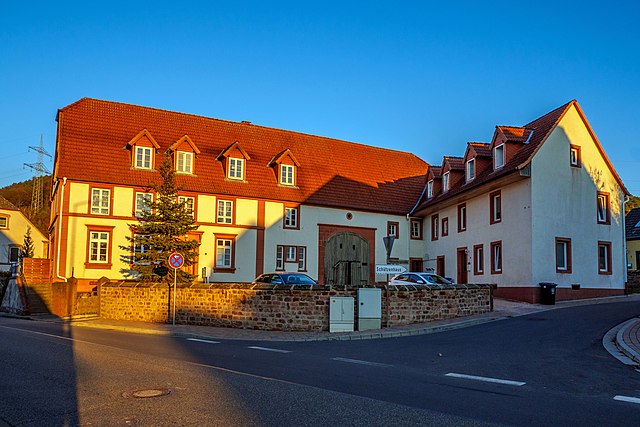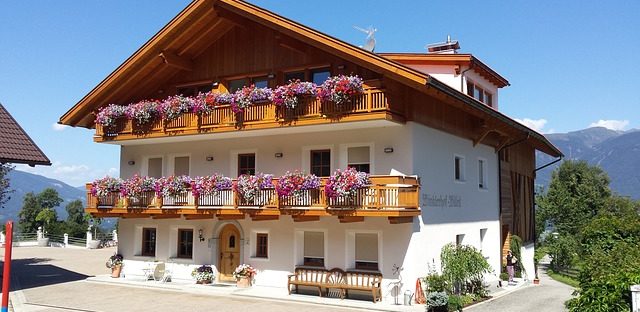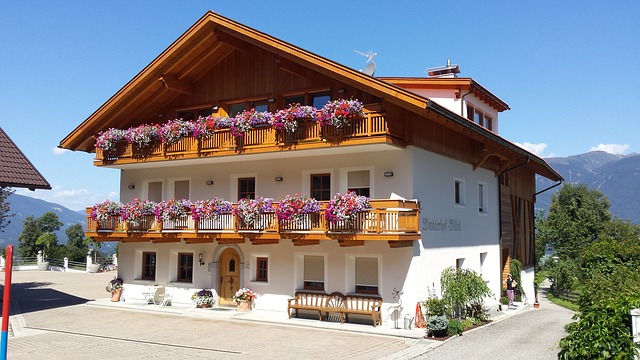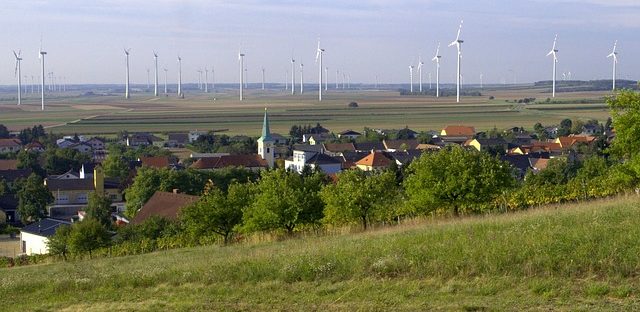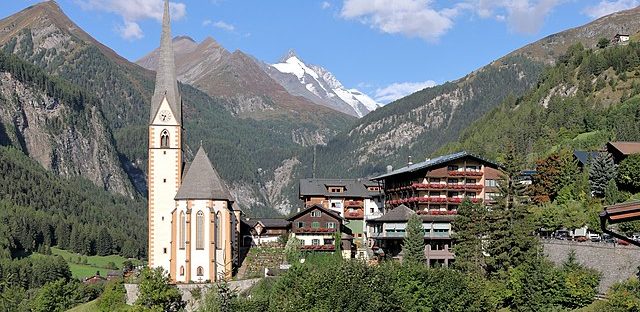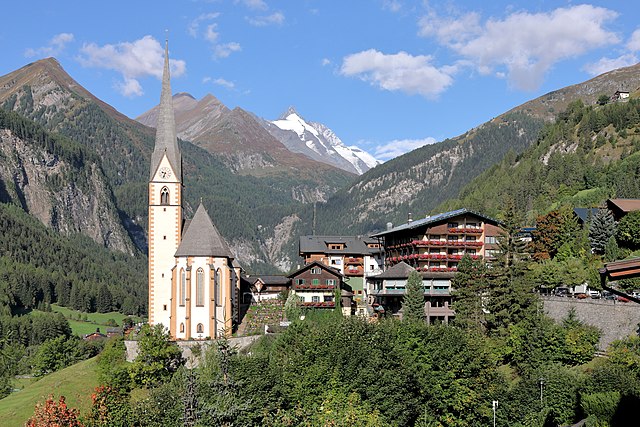- Target: 100+% Renewable Power Region, On Its Way to 100+% Renewable Heat.
- Status: Achieved - In January 2012, Aller-Leine-Tal produced 108% of its electricity with local renewable sources.
- RES: Wind turbines, biogas cogeneration plant, solar PV farm and small riverine hydro for electricity. Geothermal energy, biomass and district heating grid for heating.
- Implementation: The region of Aller-Leine-Tal is located north of Hannover in Lower Saxony, Germany. The region consists of eight municipalities (Kirchlinteln, Dörverden, Wietze, Winsen, Hambühren and the administrative divisions in Ahlden, Rethern, and Schwarmstedt). The regional community has reached and surpassed a 100% renewable electricity goal, and is currently pursuing a 100% renewable heating target. Its efforts began in the late 1990's when the region pledged a commitment to help protect the climate by supporting renewable energy use. In 1996, 60 citizens collaborated to construct the first 660kW windmill. This was eventually replaced by a modern 2.3MW turbine. Today, the region is generating energy from additional 54 windmills, biogas (13 MW), solar PV (14 MW), and some smaller river hydro power providing more energy than needed. To achieve 100% renewable heat, the region will expand use of technologies already employed, including geothermal, biomass to heat, a district heating grid, and improving efficiency. To increase energy conservation, the municipalities offer energy audits and energy consulting. They have also initiated educational programs in local schools to engage and educate students in renewable energy-related activities. The idea is that students should experience and understand renewable energy with there own hands and be given the opportunity to use - and build where possible - renewable energy technologies like wind turbines, water mills, and solar chargers. To increase awareness, the region has created touristic bike paths with more than 40 energy stations that provide information on different renewable energy sources. As an energy exporter, the Aller-Leine-Tal has already set a new target of supplying neighboring areas with renewable energy.
- Population: 60,087 (2017)
- Area: 622 km2 (240 sq mi)
- Link: http://www.kommunal-erneuerbar.de/energie-kommunen/energie-kommunen/aller-leine-tal.html
- German
